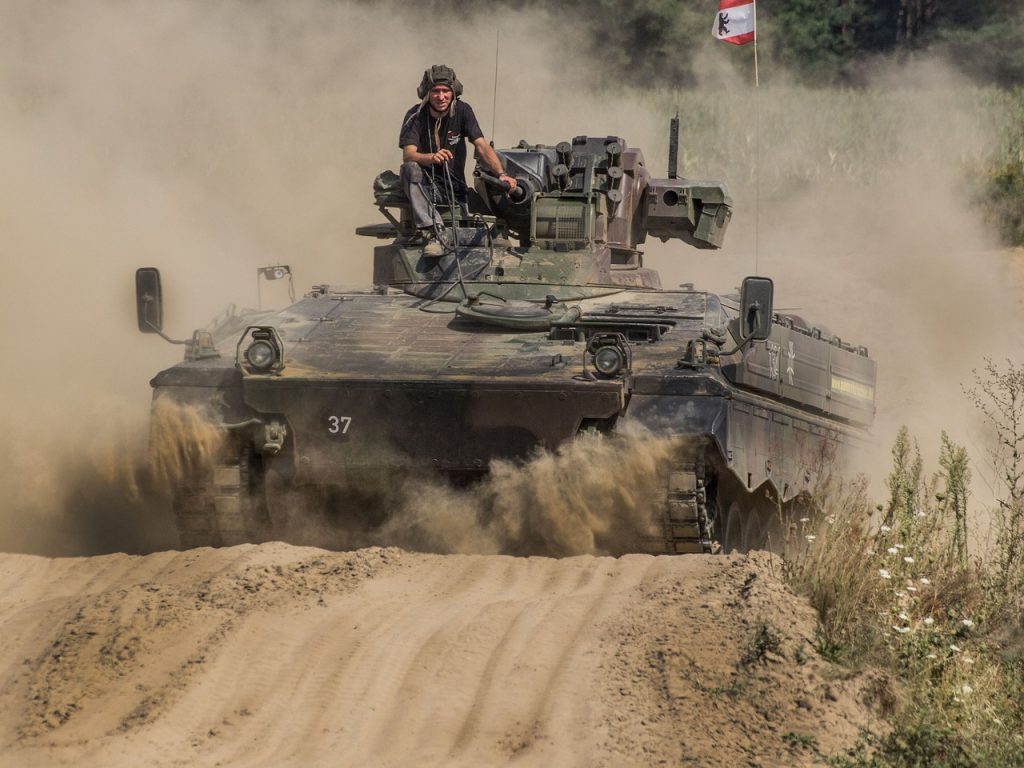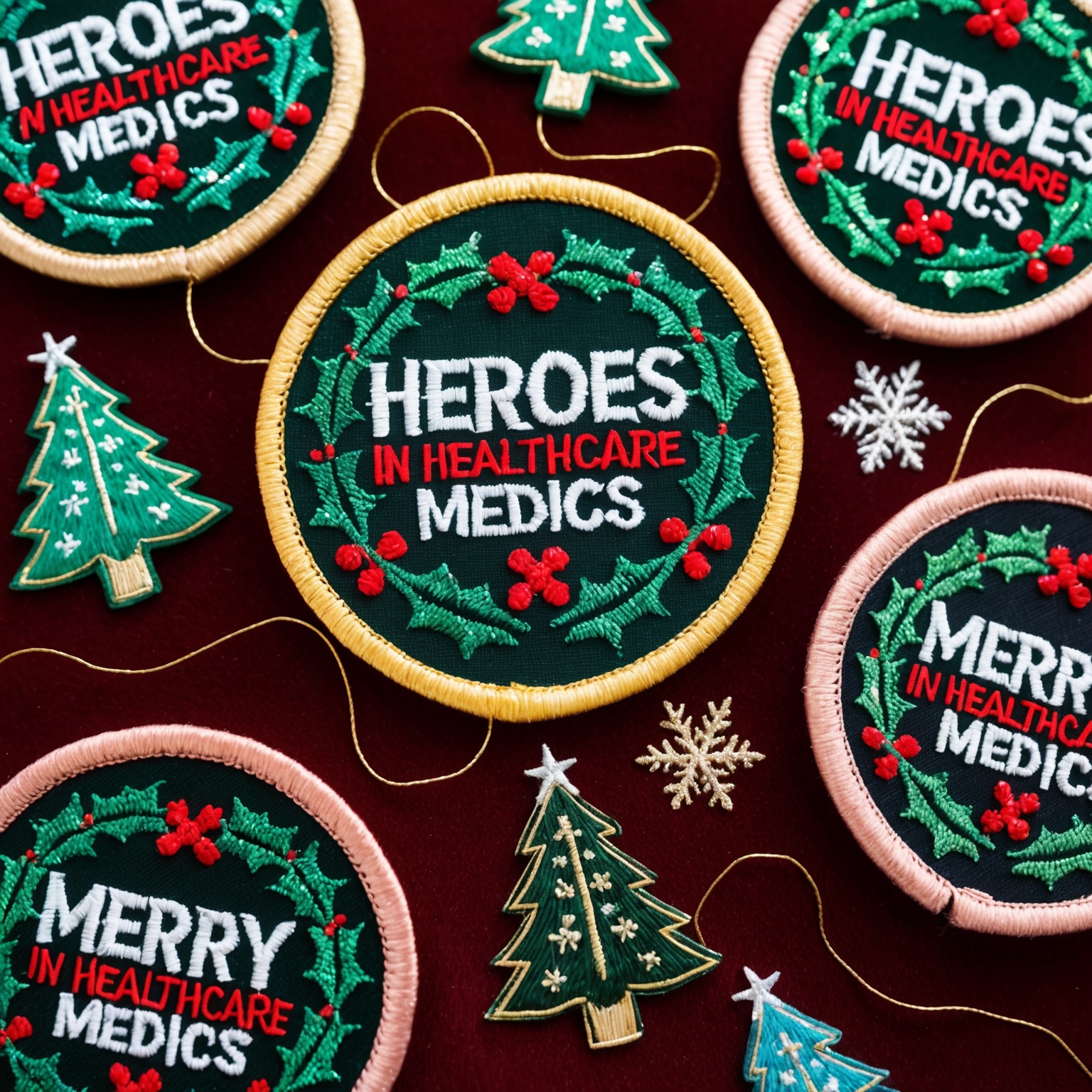Picture a soldier in uniform, the various patches on their sleeves catching your eye. Each patch tells a story, not just of rank or regiment, but of battles fought, honors earned, and camaraderie shared. Military patches are more than mere decorations; they are rich with history and significance. They symbolize pride, sacrifice, and identity. But how do these small pieces of fabric convey such deep meanings? Let’s delve into the world of military patches and uncover the powerful messages they carry.
Military patches have been a staple of armed forces uniforms for decades, serving as symbols of identity, rank, achievements, and unit affiliation. These patches are meticulously designed to convey a wide range of meanings, from the pride of belonging to a specific unit to the recognition of individual bravery and service. This article explores the power of military patches, addresses common misconceptions, and provides insights into their deeper meanings.
The History and Evolution of A Military Patch
Origins and Early Use:
The use of patches in military uniforms can be traced back to ancient civilizations, where warriors wore symbols on their armor to signify their allegiance and accomplishments. However, the modern concept of military patches began to take shape during World War I, when the U.S. military introduced shoulder sleeve insignia (SSI) to identify different divisions and units.
- Historical Significance: These early patches were simple yet effective, using symbols and colors to represent various military units and their heritage. The use of patches grew rapidly during World War II, with each branch of the military developing its own unique designs.
Example: The famous “Big Red One” patch of the 1st Infantry Division, introduced during World War I, became an iconic symbol of bravery and resilience throughout the 20th century.
The Symbolism Behind Military Patch
Unit Identity and Pride:
One of the primary functions of military patches is to establish and reinforce unit identity. Each patch is designed to encapsulate the unique history, mission, and spirit of a unit, fostering a sense of pride and belonging among its members.
- Cohesion and Morale: Wearing a unit patch helps build camaraderie and morale, as it signifies membership in a brotherhood of individuals who share a common purpose and have undergone similar experiences.
Example: The Screaming Eagles patch of the 101st Airborne Division is instantly recognizable and symbolizes the unit’s airborne capabilities and illustrious combat history.
Military patches are also used to recognize individual and collective achievements. These can range from combat service, special skills, and qualifications to participation in specific campaigns and missions.
- Achievement and Honor: Patches awarded for achievements serve as a visual record of a soldier’s service and accomplishments. They often include specific symbols and colors that denote the nature of the achievement.
Example: The Combat Infantryman Badge (CIB) is awarded to infantry soldiers who have engaged in active ground combat. It features a musket superimposed on a blue field, symbolizing infantry and combat readiness.
Addressing Common Misconceptions
Military Patches Are Just Decorative
A common misconception is that military patches are merely decorative elements with no deeper significance.
Solution: Understanding Their Symbolism
Educating the public and service members about the historical and symbolic meanings behind military patches can help dispel this misconception. Each patch is rich with significance, reflecting the heritage, achievements, and values of the unit or individual it represents.
Example: A military history exhibit or educational program could highlight the stories behind various patches, explaining their significance and the contributions of the units and individuals who wear them.
Military Patches Are Only for Combat Units
Another misconception is that military patches are only worn by combat units, ignoring the diverse roles within the military.
Solution: Highlighting Diverse Roles
Highlighting patches from non-combat units, such as medical, engineering, logistics, and intelligence units, demonstrates the wide range of roles and contributions within the military.
Example: A patch from the U.S. Army Medical Corps, featuring the caduceus symbol, represents the critical role of medical personnel in maintaining the health and readiness of the force.
Future Trends in Military Patch Design
Technological Integration:
As technology advances, military patches are evolving to include features such as RFID chips and QR codes, enhancing their functionality and security.
Example: A patch with an embedded RFID chip could provide secure access to facilities or digital records, adding a layer of security and convenience for service members.
Sustainable Materials:
With an increasing focus on sustainability, the materials used for military patches are shifting towards eco-friendly and durable options.
Example: Patches made from recycled materials or biodegradable fabrics align with broader environmental goals and reduce the ecological footprint of military operations.
Practical Tips for Designing Meaningful Military Patches
1. Incorporate Historical Elements:
Drawing inspiration from a unit’s history and heritage can add depth and meaning to a patch design. Using symbols, colors, and motifs that reflect the unit’s past achievements and traditions can create a strong connection to its legacy.
Example: A patch design for a historic unit might include references to famous battles or campaigns in which the unit played a significant role.
2. Use Symbolic Imagery:
Incorporating symbolic imagery that represents the unit’s mission, values, and capabilities can make the patch more meaningful and recognizable.
Example: An aviation unit might use images of wings, aircraft, or birds of prey to symbolize their aerial capabilities and speed.
3. Ensure Practicality and Durability:
Military patches must be practical and durable, able to withstand the rigors of military service. Choosing high-quality materials and ensuring secure attachment methods are essential for long-lasting patches.
Example: Using durable embroidery techniques and strong Velcro attachments can ensure patches remain intact and securely attached to uniforms.
Conclusion
Military patches are powerful symbols that convey deep meanings of identity, pride, and achievement. By understanding their historical significance, addressing common misconceptions, and leveraging future trends, we can appreciate the profound impact these small pieces of fabric have on service members and military culture. Whether reflecting unit heritage, recognizing individual achievements, or symbolizing the diverse roles within the military, custom military patches remain an enduring and meaningful element of military tradition.
If you are interested in purchasing high-quality custom patches, feel free to call us at 1-866-903-4903 or fill out one of our free quotes here.




